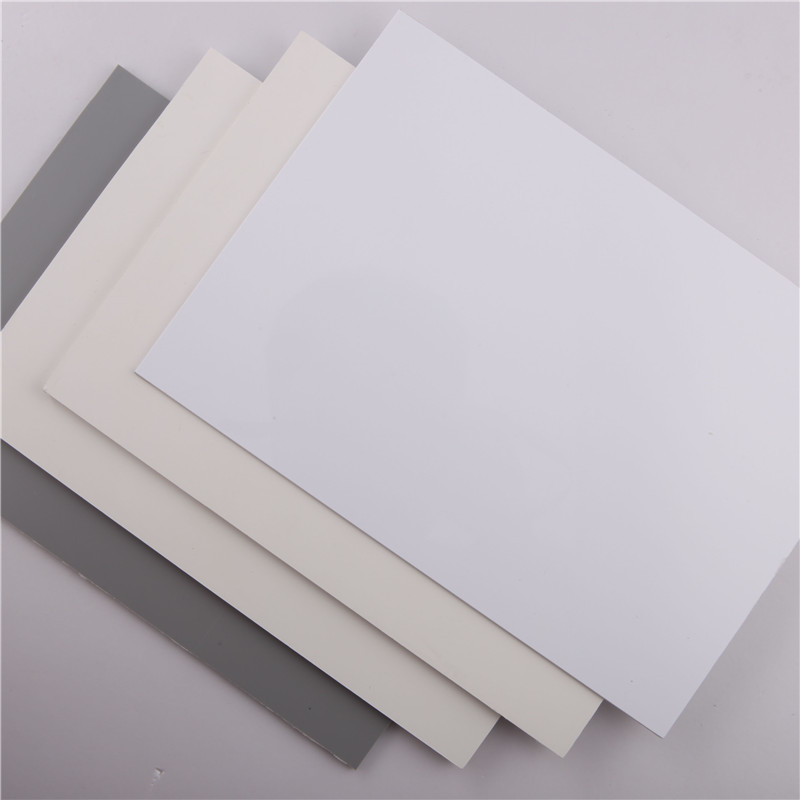Dis . 10, 2024 12:08 Back to list
plastic pipe fittings
Plastic Pipe Fittings An Essential Component in Modern Plumbing and Construction
In contemporary construction and plumbing, plastic pipe fittings have emerged as a preferred choice due to their versatility, durability, and cost-effectiveness. Unlike traditional metal fittings, plastic alternatives offer a range of advantages that make them an increasingly popular option for both residential and commercial applications.
Plastic pipe fittings are made from various types of materials, including PVC (polyvinyl chloride), CPVC (chlorinated polyvinyl chloride), and PP (polypropylene). Each material has its unique properties that make it suitable for specific applications. PVC is widely used for drainage, waste, and vent (DWV) systems, while CPVC is ideal for hot and cold water distribution due to its higher temperature resistance. Polypropylene is often utilized in chemical handling applications due to its excellent chemical resistance.
One of the primary benefits of plastic pipe fittings is their resistance to corrosion. Unlike metal fittings, which can rust or corrode over time, plastic fittings maintain their integrity and performance in various environmental conditions. This feature is particularly beneficial in regions with high humidity or exposure to corrosive substances. The longevity of plastic fittings reduces the need for frequent replacements, ultimately saving time and money for homeowners and businesses alike.
Another significant advantage is the lightweight nature of plastic fittings. This feature simplifies the installation process, as they are easier to handle compared to heavier metal alternatives. Reduced weight not only lowers transportation costs but also minimizes labor expenses during installation. Additionally, the flexibility of plastic allows for easier modifications and adjustments during the construction process, providing greater convenience to plumbers and contractors.
plastic pipe fittings

Plastic pipe fittings are also known for their ease of installation. Most fittings use a simple solvent-weld process, in which the surfaces of the pipes and fittings are coated with a solvent cement that chemically fuses them together. This creates a strong, watertight seal that can withstand high pressure and temperature variations. Furthermore, the absence of specialized tools required for installation makes it accessible for DIY enthusiasts, promoting a greater number of individuals to undertake plumbing projects themselves.
One of the most critical factors to consider when selecting pipe fittings is their compatibility with various fluids. Plastic fittings are generally non-reactive and safe for transporting potable water, making them an ideal choice for residential plumbing systems. They are also used in industrial applications for transporting chemicals, ensuring that safety standards are met without compromising performance.
Environmentally conscious practices have led to the development of recycled plastic fittings. Recycled plastic materials reduce waste and help promote sustainable construction methods. Although not all plastic fittings are made from recycled materials, the availability of these products reflects the industry's response to the growing demand for eco-friendly options.
Despite their numerous benefits, it is essential to understand the limitations of plastic pipe fittings. They may not be suitable for extremely high-pressure applications or environments exposed to heavy mechanical stress. Understanding the specific requirements of a project helps determine whether plastic fittings are the best choice.
In conclusion, plastic pipe fittings have become a vital component in modern plumbing and construction, providing an array of benefits that enhance efficiency, durability, and cost-effectiveness. Their resistance to corrosion, lightweight design, ease of installation, and compatibility with various fluids make them an attractive alternative to traditional metal fittings. As the construction industry continues to evolve, the utilization of plastic fittings is likely to increase, paving the way for innovative solutions that contribute to sustainable development and efficient resource management. Whether you're renovating a home or embarking on a large-scale construction project, considering plastic pipe fittings can undoubtedly lead to positive outcomes and long-term satisfaction.
-
Durable PP Rigid Sheet: Lightweight, Chemical Resistant Solutions
NewsAug.21,2025
-
PVC Grey Sheet for Extraction: Chemical Resistant & Durable
NewsAug.19,2025
-
Durable PVC Pipe Fittings for Plumbing & Irrigation Needs
NewsAug.18,2025
-
HDPE Steel Belt Reinforced Spiral Corrugated Pipe | High Strength
NewsAug.17,2025
-
HDPE Pipe Fittings: Durable, Leak-Proof Solutions
NewsAug.16,2025
-
Premium CPVC Sheet: High-Temp & Chemical Resistant Solutions
NewsAug.15,2025

